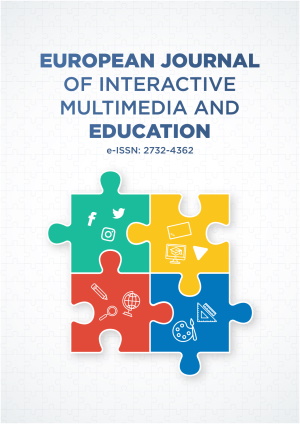Abstract
After the coronavirus outbreak, face-to-face teaching was interrupted partially or entirely, and several universities adopted a variety of remote-based learning approaches. Most institutions in the developing world were not ready for such an abrupt change. Access to appropriate devices that facilitate students’ effective learning in developing countries remains a challenge. This study evaluates university students’ perceptions regarding e-learning deployment during COVID-19 and the factors that affected usage. The quantitative study employed an adapted Unified Theory of Acceptance and Use of Technology model to guide the research process. The model has five exogenous and two endogenous variables. The survey research was administered to randomly selected undergraduate University students, with 314 completing the online questionnaire. The results show that performance expectancy, effort expectancy, and the facilitating conditions positively influenced the students’ behavioural intentions to use Moodle. Thus, the students had a positive perception of online learning. Results indicate a significant loss of learning due to the unavailability of technology and the cost of data; nevertheless, students agreed that online learning represents the future of teaching and learning. The findings also show that subsidised access to resources and materials is critical for the effective adoption of e-learning. This study’s output provides valuable information to policymakers and researchers regarding students’ perceptions and the state of e-learning at institutions of higher learning.
License
This is an open access article distributed under the Creative Commons Attribution License which permits unrestricted use, distribution, and reproduction in any medium, provided the original work is properly cited.
Article Type: Research Article
EUR J INTERACT MULTIMED ED, Volume 2, Issue 2, July 2021, Article No: e02109
https://doi.org/10.30935/ejimed/11000
Publication date: 23 Jun 2021
Article Views: 10726
Article Downloads: 7455
Open Access References How to cite this article
 Full Text (PDF)
Full Text (PDF)